Shipping containers can be used as homes in all of the United States, but they are more popular in Texas, New York, California, Louisiana, Oregon, and Washington. This is because these states have flexible zoning laws, permissive building codes, understanding aesthetic review boards, and are close to shipping ports (This lowers the cost as there is no need to pay a large sum for the container transportation).
In addition, it is always good to know in which states there are communities that share the same mindset as you regarding this alternative.
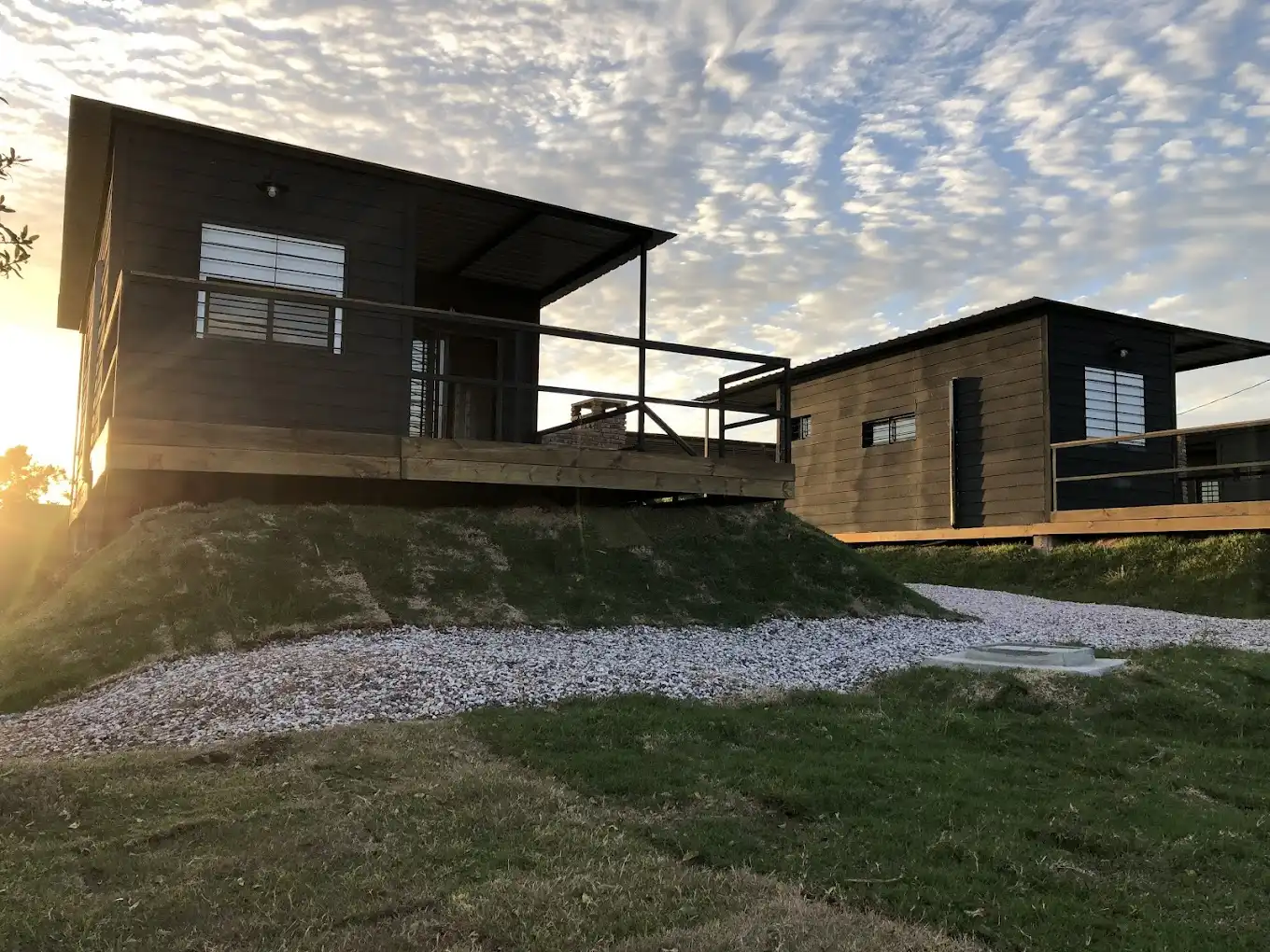
The most popular states for living in container homes.
While it has gained popularity in all 50 states, not all of them have fully embraced this real estate trend. Here are some states where living in a shipping container is viewed favorably:
1 California

California is renowned for its environmental consciousness and technological innovation. Container homes align with these values by repurposing materials that would otherwise go to waste and providing creative solutions for design and energy efficiency. Moreover, California has a significant demand for affordable housing, particularly in urban areas, and container homes can offer a more cost-effective and expedient alternative to traditional construction.
2 Texas
This state has a culture of independence and freedom, which is reflected in its zoning and construction laws. Texas allows the placement of container homes in most of its counties as long as they comply with international building codes. Additionally, Texas benefits from a vast supply of shipping containers due to its extensive coastline and commercial activity. Container homes can be an appealing option for Texans seeking to customize their homes and save money
3 Florida
Florida has a warm and humid climate, which can pose a challenge for home construction and maintenance. Container homes offer an advantage in this regard, as they are resistant to corrosion, mold, and insects. They can also better withstand hurricanes and floods compared to traditional homes, increasing the safety of their occupants. Furthermore, Florida has a large population of retirees and tourists, who may find container homes to be a flexible and comfortable housing option
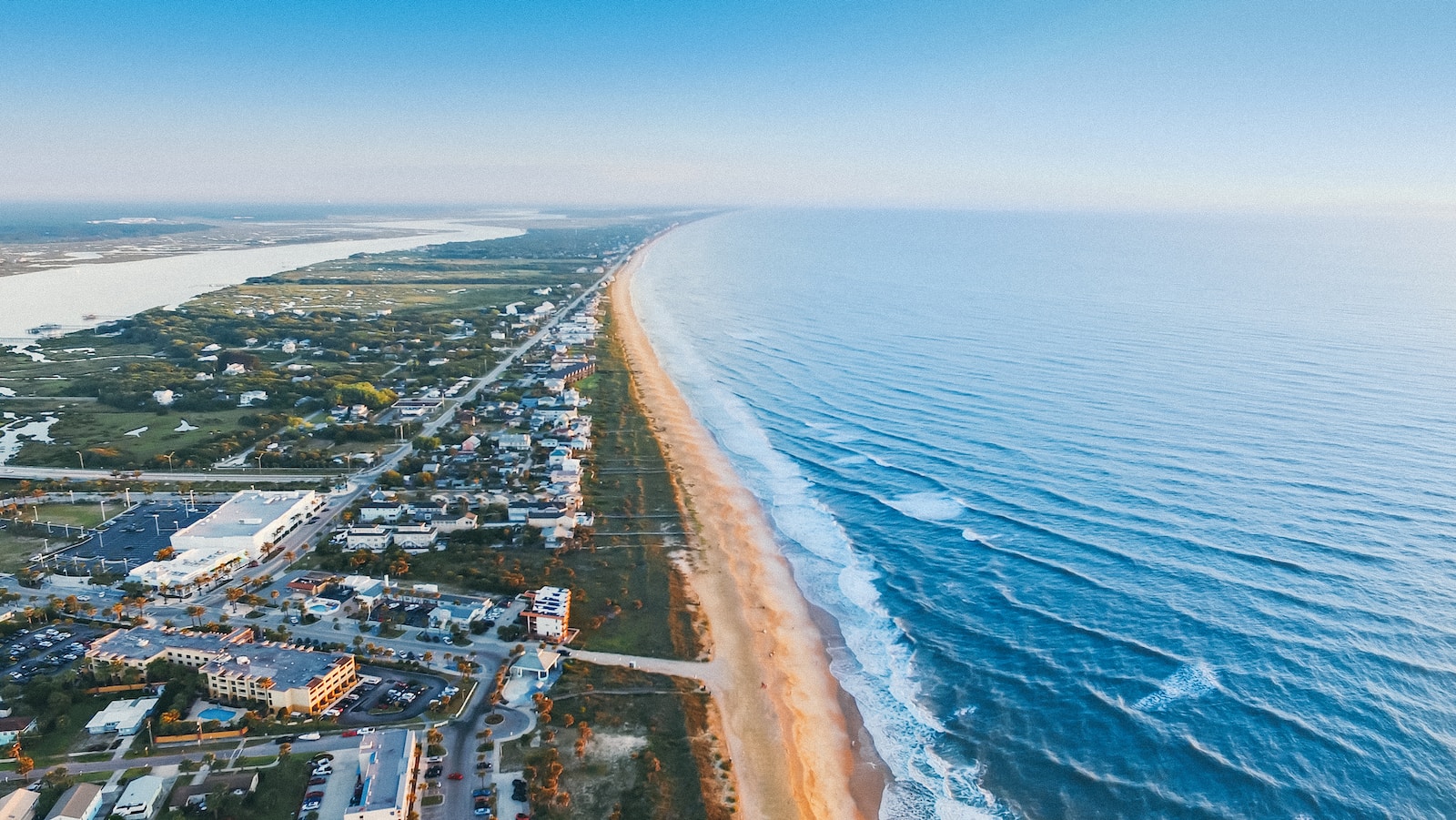
4 New York
This state is one of the most populous and densely populated in the country, leading to a shortage of space and high housing costs. Container homes can serve as a solution to this issue, as they occupy less land area and are more cost-effective than traditional houses. They can also be adapted to various environments, from urban to rural settings, and offer modern and functional designs. Furthermore, New York is a hub of culture and art, where container homes can express the creativity and personality of their owners.
5 Oregon
Oregon has a strong ecological and social identity, evident in its support for renewable energy, local trade, and cultural diversity. Container homes align with these principles by reducing the environmental impact of construction, promoting recycling and material reuse, and enabling community involvement in housing design and management. They also possess a unique and original style that fits the innovative and alternative spirit of Oregon.
6 Colorado
It boasts a varied and spectacular natural landscape, inviting outdoor living. Container homes can make the most of this resource as they easily blend with the environment and offer panoramic views through their windows. They can also be installed in remote or hard-to-reach areas where traditional construction would be more costly or complex. Additionally, Colorado has a dynamic and diversified economy, where container homes can serve as an investment or business opportunity.
7 Arizona
It experiences an arid and hot climate, demanding efficient solutions for home thermal comfort. Container homes can provide these solutions as they feature insulation and waterproofing systems that keep the interior cool and dry. They can also incorporate solar panels and other renewable energy sources, reducing electricity consumption and environmental impact. Additionally, Arizona has a rich Native American history and culture that can inspire the design and decoration of container homes

8 North Carolina
This state has a strong agricultural and rural tradition, reflected in its way of life and architecture. Container homes can seamlessly fit within this tradition, as they can be constructed using local and recycled materials, providing cozy and family-oriented spaces. They can also be tailored to the needs and preferences of each client, offering various sizes and configurations. Moreover, North Carolina has a growing tech and education industry, where container homes can bring value and modernity.
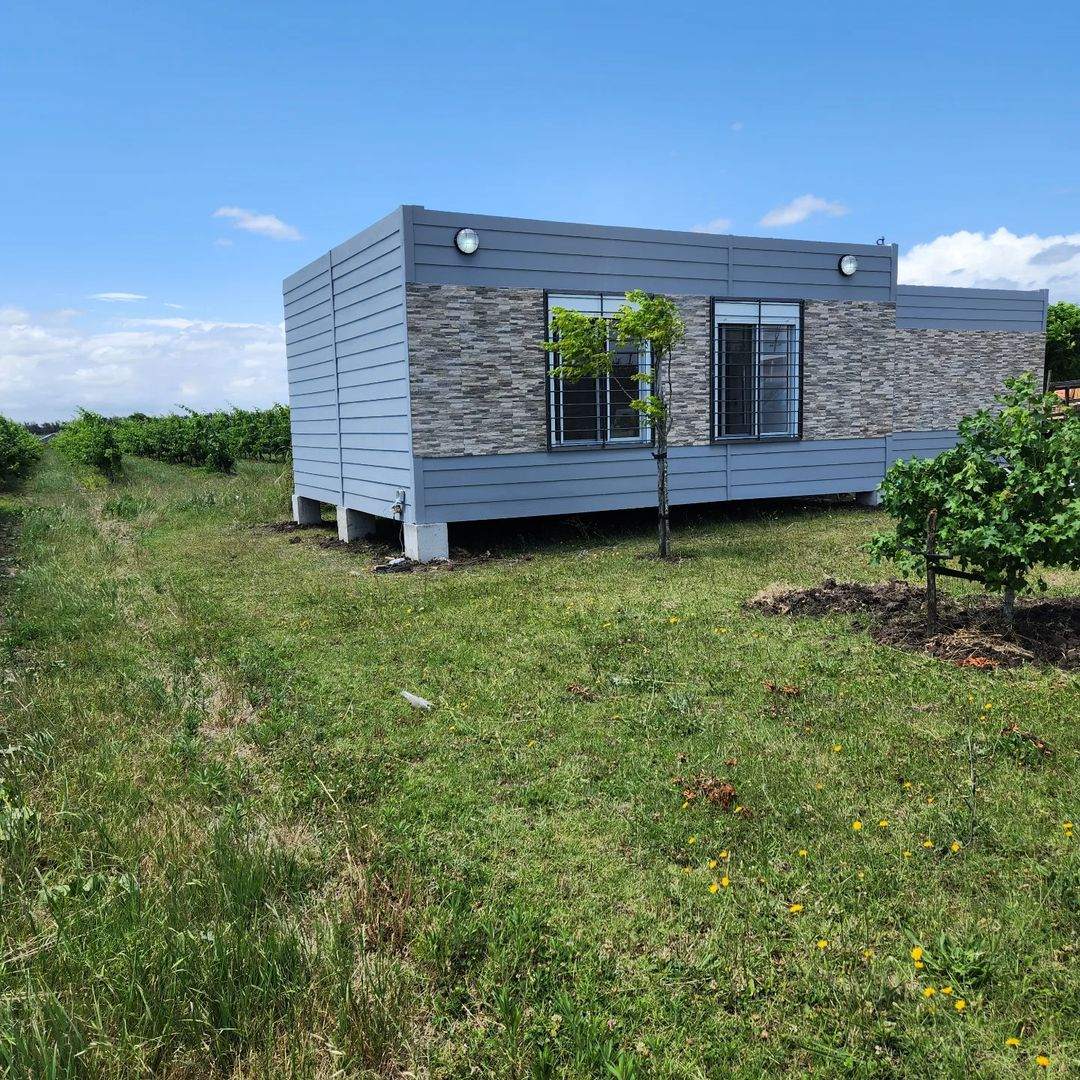
Undoubtedly, any of these states is an excellent place to build a container home, either because the state facilitates their construction or because the mindset of their communities aligns with the core idea and purpose behind these dwellings. Furthermore, if you take into account that some of them are coastal cities where shipping containers are plentiful, you have everything at your disposal to create the home of your dreams and live in a community that aligns with your principles.
Zoning Regulations And Challenges
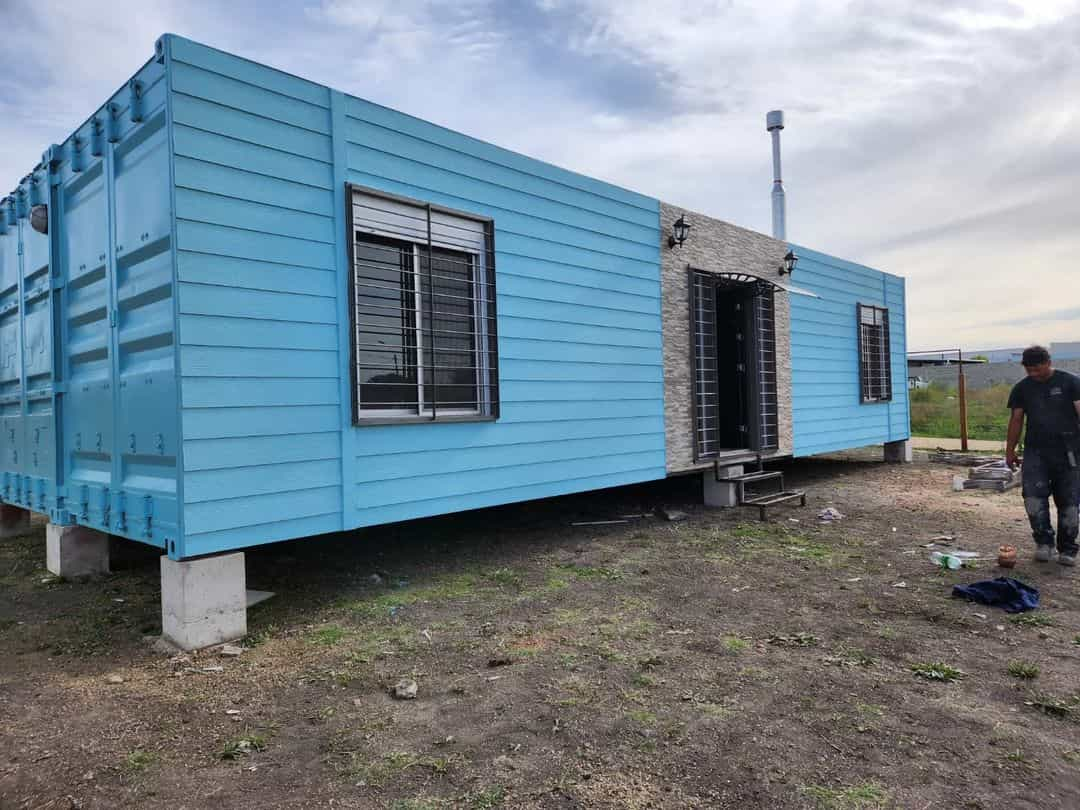
Zoning regulations are rules that govern how land can be used and developed in a certain area. They are designed to protect the health, safety, and welfare of the residents and the environment.
One of the challenges that people who want to build container homes face is that zoning regulations may limit the locations where they can do so. Container homes are dwellings made from shipping containers, which are usually considered as industrial or commercial structures.
Therefore, they may not be allowed in residential zones, or they may require special permits or variances to be approved. Additionally, container homes may have to comply with building codes and standards that regulate the size, shape, design, and materials of the structures. These codes and standards may vary depending on the state, county, or city where the container home is located. Some of the benefits of building container homes are that they are affordable, durable, sustainable, and customizable.
Possible state codes that may apply (depending on the location) include:
International Building Code (IBC): A widely adopted building code that establishes standards for structural safety and building design.
International Zoning Code (IZC): Regulates land use and zoning regulations, which can impact the location and type of permitted structures.
Plumbing and Electrical Codes: Sets standards for plumbing and electrical system installation in the house.
Seismic Building Code: In earthquake-prone areas, specific seismic codes will be applied to ensure safety.
Energy Codes: Some states have energy efficiency requirements that must be met in residential construction.
Local and Municipal Codes: Many cities and counties have their own building codes and zoning regulations that must be followed.
It’s important to note that exact requirements will vary by the specific location, so it’s essential to research and comply with local regulations before undertaking the construction of a container house in the United States.
Common Challenges When Building a Container House in the United States:
Zoning Regulations: Container houses may not be allowed in residential areas or may require special permits in some areas. This can be a significant challenge as zoning regulations vary widely from one place to another.
Permits and Approvals: Obtaining the necessary permits for building a container house can be complicated. Requirements vary by location and may involve additional bureaucratic processes.
Structural Requirements: Container houses must comply with building codes and construction standards governing the size, shape, design, and materials of structures. These codes vary by state and area, which may necessitate modifications to the original design.
Thermal and Acoustic Insulation: Shipping containers may not provide the necessary thermal and acoustic insulation to meet construction standards. This may require the addition of insulating materials, increasing costs and project complexity.
Foundation Planning: Choosing the right foundation for the container house is essential. The location and type of foundation may vary according to local regulations and soil conditions.
Weather Conditions: The structure’s resistance to specific regional weather conditions is crucial. This includes preparing for hurricanes, tornadoes, earthquakes, snowfalls, or floods, depending on the location.
Public Utility Connections: Ensuring access to public utilities such as water, electricity, sewage, and gas is crucial and can be a challenge if the location lacks nearby services.
Safety and Fire Code Compliance: Safety and fire prevention regulations can vary by location and may require sprinkler systems, extinguishers, or other safety equipment.
Securing Financing: Obtaining financing for a container house construction can be more challenging than for a conventional dwelling, as lenders may be reluctant to finance non-traditional projects.


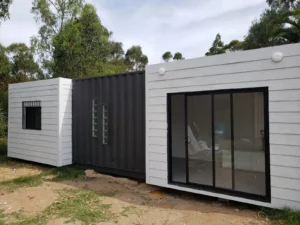
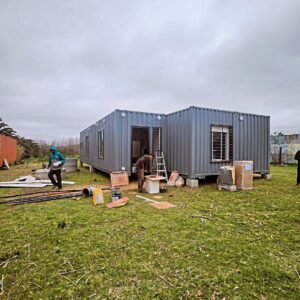
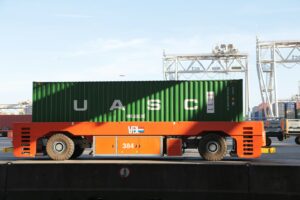
[…] se destaca como uno de los estados que mejor a adoptado esta alternativa, para quienes desean vivir en casas contenedor. Esto se debe a una combinación de factores, que […]